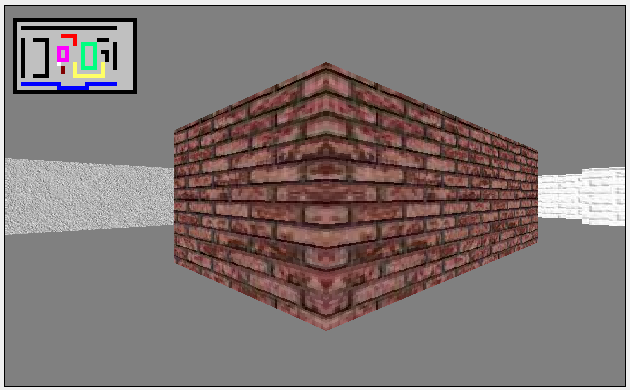In his first post Neil Brown described the sinepost, a blog about applying maths in computer games to solve real problems. It turns out that Ofsted would quite like to see more problem-solving in maths too.
In the very best schools, all lessons had a clear focus on thinking and understanding… Whole-class teaching was dynamic with pupils collaborating extensively with each other. It challenged them to think for themselves, for instance by suggesting how to tackle a new problem or comparing alternative approaches.
A common feature of the satisfactory teaching observed was the use of examples followed by practice with many similar questions. This allowed consolidation of a skill or technique but did not develop problem-solving skills or understanding of concepts.
In this post Neil Brown draws on his passion for programming as he addresses Ofsted’s commentary on the teaching of Mathematics with Greenfoot.
Why Maths and Programming?
Inspectors continue to be concerned about the lack of emphasis on ‘using and applying mathematics’… In the very best schools, ‘using and applying mathematics’ was integrated into day-to-day teaching. For example, new topics were introduced by presenting a suitable problem and inviting pupils to use their existing knowledge in innovative ways. More generally, the lack of emphasis on using and applying mathematics remained a weakness that is persistent.
There are examples of applying maths outside of programming and games, of course. But games are fun, and programming has an added benefit: students can test their answers. In microscopic problems, students could check their answers at the back of the book. But otherwise they are reliant on the same model as all the essay-writing humanities subjects: have a go, then wait for the teacher to take a look. Computers provide a new way: try it and see what happens! Program your mouse to head for the cheese, then execute the program. You can soon see if it works or not. Students can be freed of undue reliance on the teacher for verification, using the computer as their guide.
For those students who are strong in maths and programming, the ceiling is very high. Students can program more advanced collision detection, using polygons instead of circles, more complex collision resolution, rigid body physics, or move beyond 2D graphics to 3D, using things like intersection of line and a plane for tracing bullets, or matrix transformations to reposition the camera. Thus the applications can scale from basic trigonometry, up to the full range of 3D mathematics used in professional game development. A recent post rendered a simple 3D scene into 2D using (lots of) GCSE-level maths, and programming:
Maths via programming is not a silver bullet. Not all parts of maths will lend themselves to application in programming. And I am a little hesitant over some of the pragmatics. The techniques are universal: if Greenfoot is too advanced, Scratch can be used to showcase most of the techniques. But either way, understanding the application of maths in programming requires some knowledge of programming (in both the students, and the teacher!). I always recommend that programming not use mathematical examples, for fear of putting off or hindering the students who don’t like maths. Might we risk putting students off maths who don’t like programming?
And finally: are games a gendered gambit? I always try to find examples that don’t involve shooting or killing, but will my examples of a racing game or implementing balls on a pool table still put off girls? I lack the classroom experience to tell for sure. But I think it’s worth a try.
Ofsted’s comments here, Neil Brown’s summary here:
Neil Brown (@twistedsq) is a Computing education researcher at University of Kent (UK), doing development and outreach for Greenfoot/BlueJ educational IDEs.
If you missed part 1 The Sinepost it is here.
[qr_code_display]

